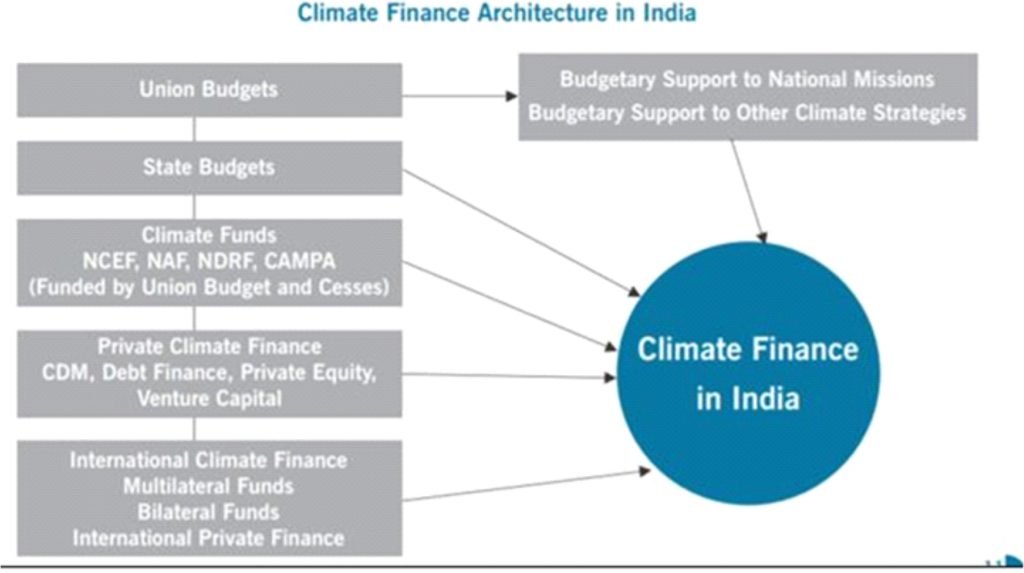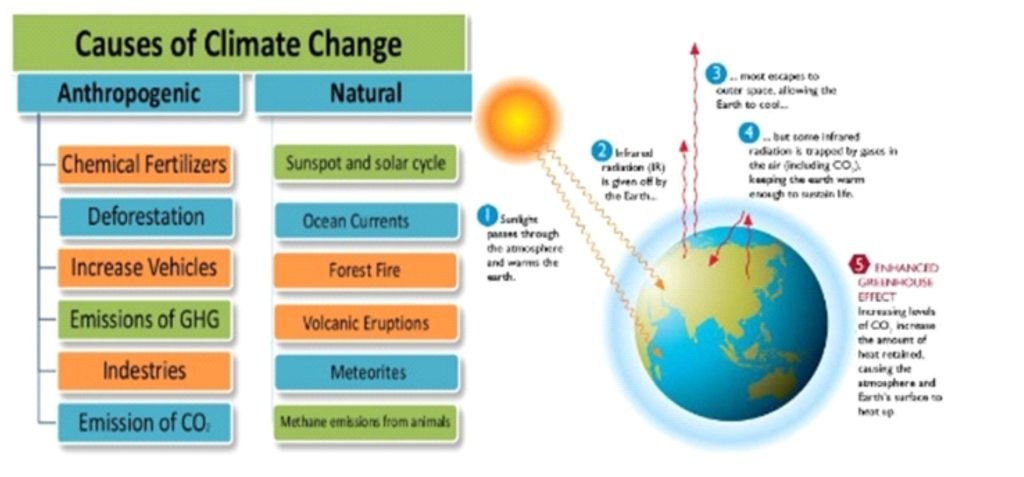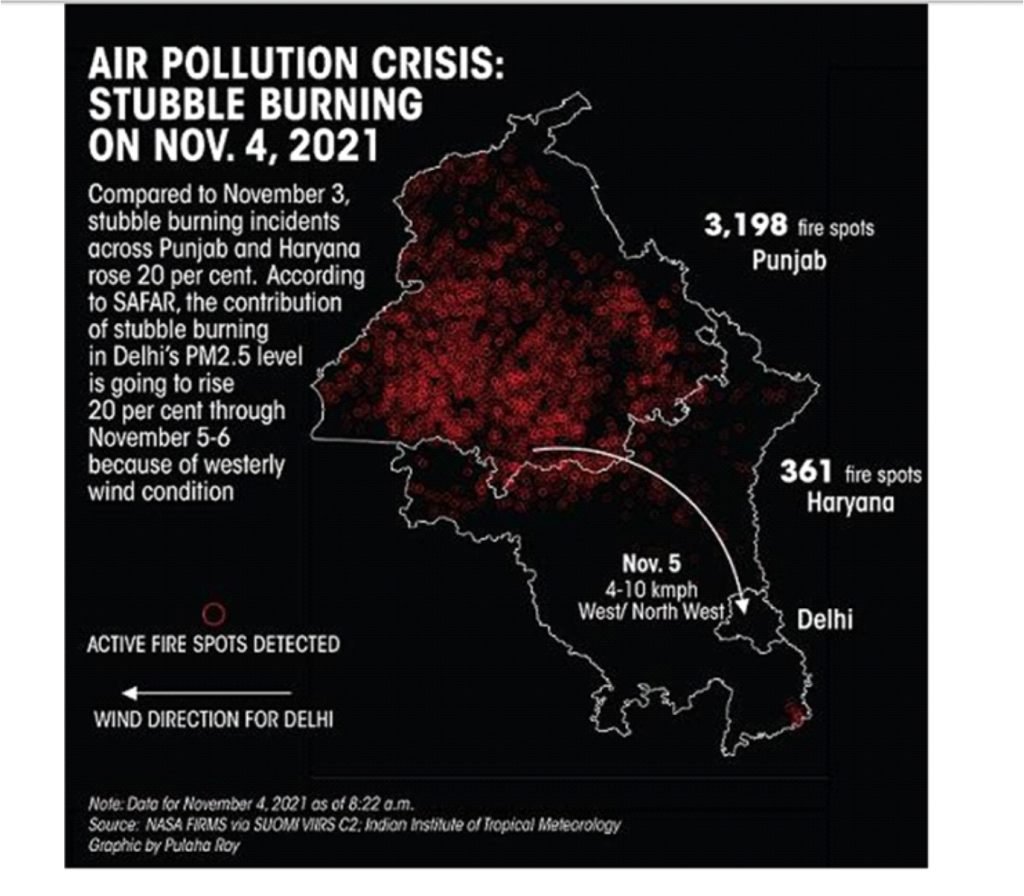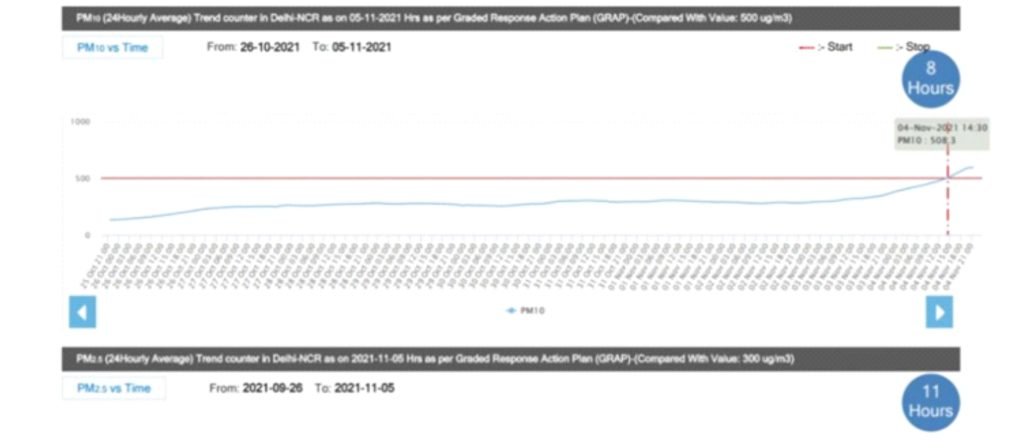Adi Shankara
Indian Express
GS 1: Indian History
Context:
- Recently, Indian Prime Minister unveiled a 12-foot statue of Adi Shankaracharya at Kedarnath.
About:
- At this place, acharya is believed to have attained samadhi at the age of 32 in the ninth century.
- Few calls Shankara as a reincarnation of Lord Shiva.
Shankara of legend
- Adi Shankara is said to have been born in Kaladi village on the bank of the Periyar, the largest river in Kerala.
- His parents, the Brahmin couple Siva Guru and Arya Antharjanam, had fallen on difficult times. He left home very early in search of learning and to become a sanyasin.
- In one legend, a crocodile caught hold of the young Shankara while bathing in the Periyar, and told his mother it would let him go if she allowed him to take sanyas. She reluctantly agreed and Shankara swam ashore.
- In another legend, the young Shankara visited a poor Brahmin household, where the woman of the house apologetically fed him an amla, the only food she could offer. A grateful Shankara composed the Kanakadhara Stotram, following which there was a rain of golden amlas, which brought prosperity to the household.
- Even the narrations about Shankara’s philosophical debates with scholars such as Mandana Misra and his wife Ubhaya Bharati, Kumarila Bhatta, etc., are embellished with stories that suggest his supernatural powers — after being challenged by Ubhaya Bharati on aspects of kama, the celibate Shankara is said to have undergone parakaya pravesha to gain knowledge about sex.
- In a lifespan of just 32 years, he is said to have visited all the important spiritual centres of the time — from Kanchi (Kancheepuram) to Kamrup (Assam), and Kashmir and the Kedar and Badri dhams, as well as Sringeri, Ujjain, Kashi, Puri, and Joshimath.
- He is believed to have established the ritual practices at the Badri and Kedar dhams, and to have debated with tantrics in Srinagar.
- He is believed to have attained samadhi at Kedarnath; however, Kanchi and Thrissur are also talked about as places where Adi Shankara spent his last days.
- He was responsible for reviving Hinduism in India to a great extent when Buddhism was gaining popularity.
- He was a devotee of Shiva.
- He criticised the Mimamsa School of philosophy and explained a major point of deviance between Hinduism and Buddhism. While Buddhism asserts that there is ‘no Soul, no Self’; Hinduism, according to Adi Shankara, says that ‘Atman (Soul, Self) exists’.
Composition:
- Adi Shankara is generally identified as the author of 116 works — among them the celebrated commentaries (bhashyas) on 10 Upanishads, the Brahmasutra and the Gita, and poetic works including Vivekachudamani, Maneesha Panchakam, and Saundaryalahiri.
- But scholars such as Vidyavachaspathi V Panoli have argued that Saundaryalahiri and Maneesha Panchakam are not his works, but attributions.
- He composed texts like Shankarasmrithi, which seeks to establish the social supremacy of Nambuthiri Brahmins.
Master of Advaita Vedanta
- Shankara’s great standing is derived from his commentaries of the prasthanatrayi (Upanishads, Brahmasutra and Gita), where he explains his understanding of Advaita Vedanta.
| According to the Stanford Encyclopedia of Philosophy, “Advaita Vedanta articulates a philosophical position of radical nondualism, a revisionary worldview which it derives from the ancient Upanishadic texts.
According to Advaita Vedantins, the Upanishads reveal a fundamental principle of nonduality termed ‘brahman’, which is the reality of all things. Advaitins understand brahman as transcending individuality and empirical plurality. They seek to establish that the essential core of one’s self (atman) is brahman. The fundamental thrust of Advaita Vedanta is that the atman is pure non-intentional consciousness. It is one without a second, nondual, infinite existence, and numerically identical with brahman. This effort entails tying a metaphysics of brahman to a philosophy of consciousness.” |
His political appropriation
- The mathas Shankara is believed to have established in Sringeri, Dwaraka, Puri, and Joshimath for the spread of Advaita Vedanta are seen as custodians of Hinduism, and Shankara’s digvijaya (conquest) is often interpreted as a near nationalistic project where faith, philosophy and geography are yoked together to imagine a Hindu India that transcends the political boundaries of his time.
Decline in Climate Finance
Down To Earth
GS 3: Environment and Conservation
Context:
- Climate finance being allotted by various developing countries for action on climate change has shown a decrease before and during the COVID-19, according to a recent study done by global research non-profit organisation World Resources Institute (WRI).
About:
- WRI’s study analysed 17 developing countries on the basis of data regarding their climate finance needs, expenditures and / or allocations between 2018 and 2020-21.
- The study found that countries were forced to cut funding for many climate-related sectors to free up money for addressing pandemic-related expenditures and revenue losses.
- Ministries that often provide funding for climate change mitigation, such as transportation and energy ministries and adaptation, including ministries of the environment, often faced cuts on their recurrent yearly budget items.
Findings:
- The study found that in several countries, budget cuts have targeted climate mitigation, rather than adaptation actions, while fossil fuel spending has increased.
- Between 2019 and 2020, the official development assistance (ODA) for projects with climate as a principal objective or a significant focus decreased by 4 percentage and 8 percentage points respectively.
- The proportion of ODA for projects with climate as a principal objective fell to 14 per cent from 18 per cent. For projects where ‘climate’ was the significant focal point, ODA declined to 17% from 25%.
Climate finance
- It is money paid by wealthy countries (which are responsible for most of the historic emissions) to developing countries to help them pay for emissions reduction measures and adaptation.
- It should be in addition to standard development aid.
- Climate finance continued to grow in 2019 but developed countries remain $20 billion short of meeting the 2020 goal of mobilising $100 billion.

Way ahead:
- Developing countries should create and implement climate-finance tracking systems that are context-specific to help identify needs and mainstream climate action in government planning and budgets.
- Climate action should be mainstreamed in government planning and budgets by the developing countries according to their respective national capabilities and circumstances.
- Developing countries should periodically report the climate-finance support needed to achieve their conditional and unconditional nationally determined contributions.


GRAP Norms
Down to Earth
GS 3: Environment degradation
Context:
- 5 and PM10 have recorded emergency levels in Delhi-NCR since November 5 midnight after Diwali 2021.
- The situation is expected to be worse because of the increase in stubble burning in Punjab, Haryana and western Uttar Pradesh as well as the drop in temperatures.

About:
- Official pollution monitors had not contemplated that air quality would worsen to emergency levels on Diwali night.
- The monitors decided not to take emergency-level steps during a meeting of the committee in charge of implementing the Graded Response Action Plan (GRAP) before festivals.
- Experts at the meeting reached the conclusion that air quality in Delhi and Delhi-NCR would not change from the ‘very poor’ category on Diwali day.

AQI:
- The Air Quality Index (AQI) represents 24-hour average air quality data.
- 301-400: ‘very poor’
- 0-50 : ‘good’
- 51-100 : ‘satisfactory’
- 101-200 : ‘moderate’
- 201-300 : ‘poor’
- 401-500 ‘severe’.
- Above 500 is the ‘severe-plus or emergency’ category

GRAP:
- Approved by the Supreme Court in 2016, the plan was formulated after several meetings that the Environment Pollution (Prevention and Control) Authority (EPCA) held with state government representatives and experts.
- The result was a plan that institutionalised measures to be taken when air quality deteriorates.
- GRAP works only as an emergency measure. As such, the plan does not include action by various state governments to be taken throughout the year to tackle industrial, vehicular and combustion emissions.
- The plan is incremental in nature — therefore, when the air quality moves from ‘Poor’ to ‘Very Poor’, the measures listed under both sections have to be followed.
- Under GRAP, the Delhi administration is mandated to stop the use of diesel gensets, enhance parking fees by 3-4 times, increase Metro and bus frequency and use water sprinklers if the air quality is ‘very poor’.
- It can stop the operations of brick kilns, hot mix plants and stone crushers and make power plants switch to natural gas instead of coal if the air quality is ‘severe’.

